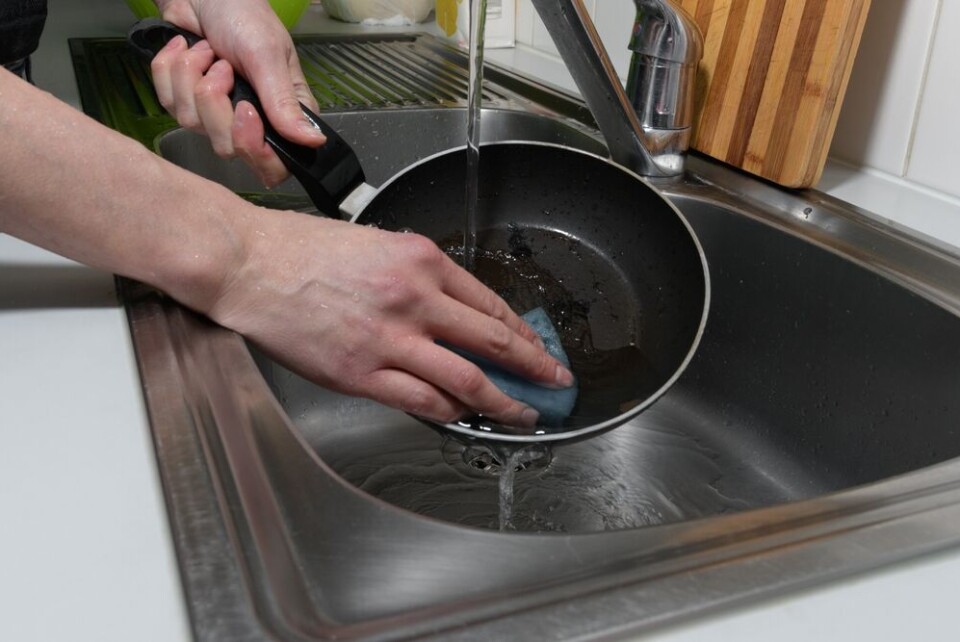-
Drinking tap water restricted for children in south-west France communes
Haute Garonne prefecture says the measure is precautionary and due to high chlorate levels
-
‘Trustworthy’ media label idea from Macron causes political storm in France
Comments prompted fierce political backlash from right but government insists it was taken out of context
-
French prime minister faces fresh problems to pass a 2026 budget
MPs continue to argue over budget but alternative measures could possibly see government toppled
Drinking water in towns near Lyon polluted above permitted levels
The water serves 166,000 residents in the Auvergne-Rhône-Alpes

More than 50 towns near Lyon have been ordered to take corrective measures after new analyses found that their drinking water contained ‘eternal pollutants’ (or 'forever chemicals') above permitted levels.
The water serves 166,000 residents in the Auvergne-Rhône-Alpes, and a new report from the Agence Régionale de Santé (ARS) found that it has above-permitted levels of per- and polyfluoroalkyl substances (PFAS).
These are known as ‘eternal pollutants’ which are used to make products that resist heat, oil, stains, grease, and water (such as non-stick pans, waterproof fabric, and food packaging). They are called ‘eternal pollutants’ because they accumulate over time in the air, soil, water, food and the human body.
Studies have suggested that exposure to them over a long period can affect fertility and even cause certain cancers.
The ARS in Auvergne-Rhône-Alpes has a page dedicated to the risks of PFAS, the regulations surrounding their use, and details of the government’s plan (from 2023) to act on the pollutants.
Water is still drinkable, but…
The water in the affected areas - mainly located in the ‘chemical valley (vallée de la chimie)’ south of Lyon - is still available to drink.
However, the ARS has asked authorities in each town to present, as soon as possible, “measures of their choice to bring [the water] back under the threshold” of 100 nanograms per litre. Authorities will then have three years to put these measures in place.
“Even though the quality limit has been breached, this does not mean that there is an immediate risk to the population,” said Aymeric Bogey at the ARS. “According to current knowledge, we do not know at which level the PFAS become a definite risk. But we do not want to wait to find out.”
Mr Bogey said the three main solutions available are:
- Activated carbon treatment
- Connecting to other networks to dilute the water
- Not using the problematic source.
Specific water sources
The ARS has also targeted central water sources that are “potentially at risk”, including eight sources - of which two privately-owned wells - that were clearly above the permitted limit. Two of these have now come back down under permitted levels after prompt measures were undertaken.
One, in the town of Rumilly (Haute-Savoie) - where a Tefal factory is located - was also forced to stop using two contaminated water sources in 2022, after the discovery of perfluorooctanoic acid, which was banned in 2020 due to links with cancer.
A full list of the areas found to be ‘non conforming’ in the latest PFAS check can be downloaded as an Excel table document from this ARS webpage.
Related articles
Potentially toxic ‘forever chemicals’ are poorly monitored in France
Avoid drinking tap water in south-west France, says leaked email
Tap water in France is safe, says health chief who sent leaked email
























